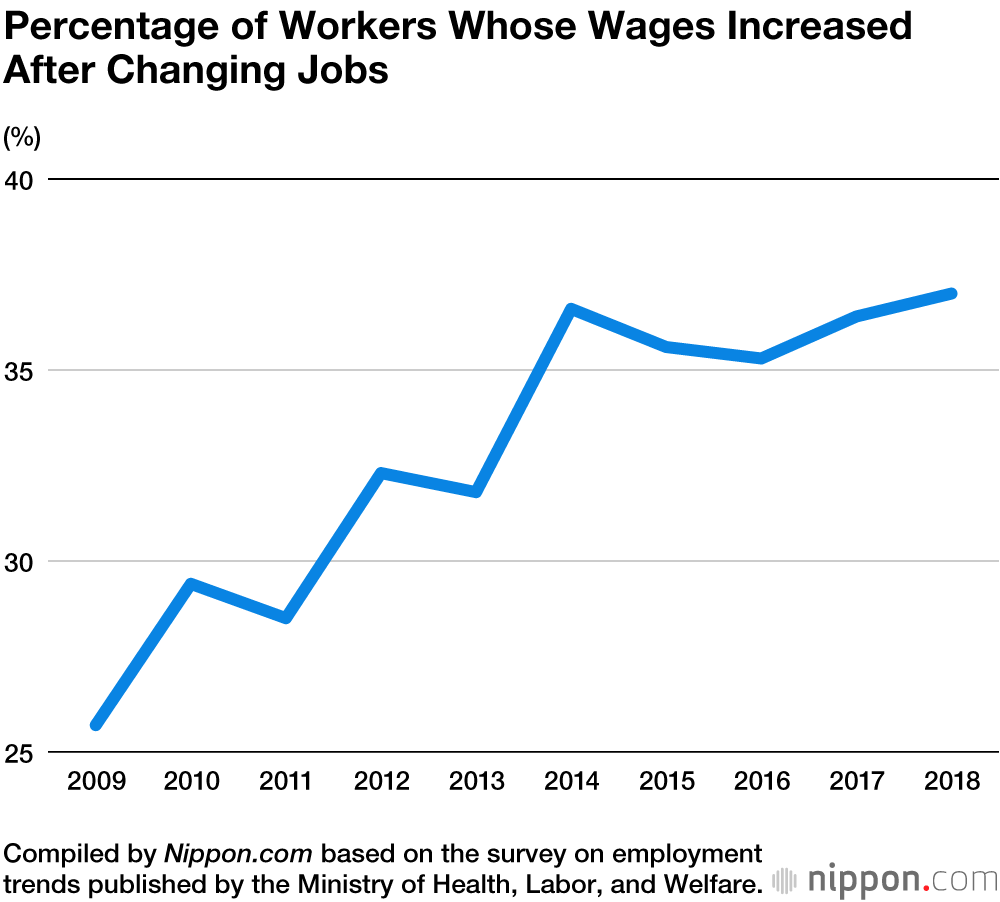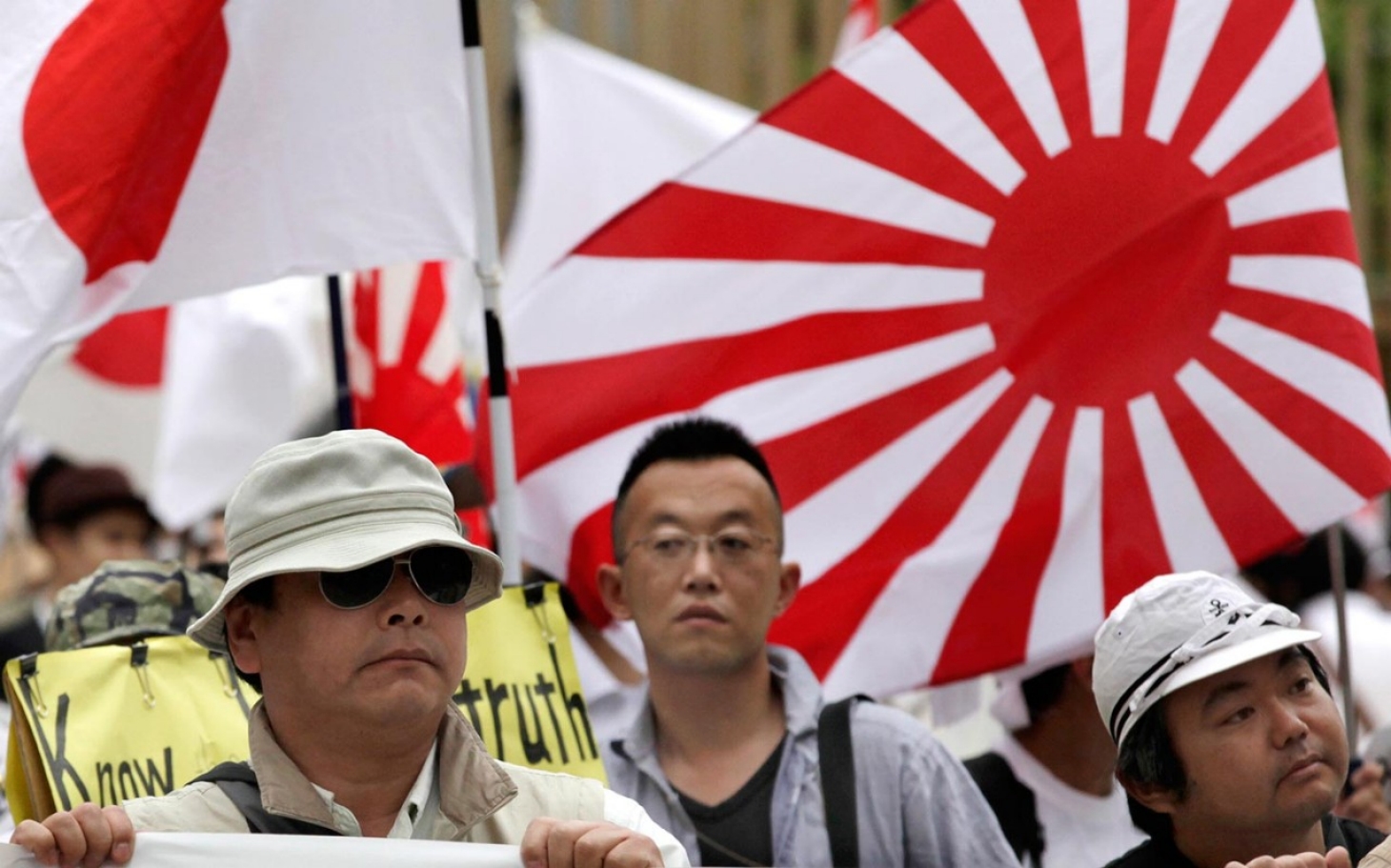

This group is likely to require welfare benefits when they become elderly in the future. Since then, the number of people in this age group who are still freeters remains over 500,000. In 2013, when they reached 35-44 years old, 550,000 people met the conditions of freeter.

In 2003, the number of freeters in the 25-34 age group was 980,000. The percentage of people in the 35-44 age group who meet the conditions of freeters has also risen from 1.8% to 3.1%. However, the percentage of freeters in the 25-34 age group of the population has risen from 5.2% in 2003 to 6.3% in 2018. This is largely due to the fact that the number of freeters in the 15-24 age group has been halved from 1,190,000 to 610,000 (Table 1), reflecting an improvement in employment conditions for new graduates as a result of the economic recovery that has continued since 2013. In the last 25 years a large focus on youth culture phenomena that are viewed as undesirable or detrimental to Japanese culture and society has begun to surface in Japan. The Ministry also estimates the number of people in the age group 35-44 who meet the above conditions.Īs shown in Figure 1, the number of freeters in the 15-34 age group has decreased from 2,170,000 in 2003 to 1,430,000 in 2018. Stagnant Youth: the NEET, freeter, and hikikomori phenomena. (3) Those who belong to the non-labor population and are classified as "Others," who are neither doing housework nor attending school, who are looking for a part-time job, and do not have an employment appointment.

(2)Ěn unemployed person who is looking for a part-time job. Under the classification that males are school or university graduates, and females are graduates and unmarried, the definition of freeter is a person who is 15-34 years old and meets the following conditions: Now in their thirties or forties, they still find it difficult to secure a regular job due to losing the opportunity to acquire work skills in their twenties after graduation. Among them, a large number of people were forced to take part-time jobs because they could not get regular work. The employment ice age generation refers to people who experienced difficulty finding employment after graduating from school or university in the period 1993-2005, after the collapse of the bubble economy and 2009-2013, after the Lehman shock. The Ministry of Health, Labour and Welfare estimates the number of "Freeters" in order to observe the current working conditions of the generation of the "employment ice age." Freeter is a Japanese-English concept referring to those who prefer to work part-time.


 0 kommentar(er)
0 kommentar(er)
